For the past few weeks I had been pushing people to write about Gautam Chatterjee – and now I don’t know what to write myself. It’s tough. He touched lives in multiple layers – and did so with such fondness and integrity, that you can’t pinpoint on a single thing, or even a couple of aspects, that would define the relation he had with people. At least I can’t.
For me, I think I will just stick to facts. Facts, as I think and believe they were, 25 years back.
It was 1994. I decided to drop MA, but not before completing a Calcutta University course in Film Appreciation on the sidelines. I wanted to get into the making of films, somehow, with no clue whatsoever on how to do that. I knew no one in the industry, and no one in the industry knew me. We were mutually exclusive.
A classmate of mine, Subir, took me to meet Bappaditya Bandopadhyay, then writing his first feature script on a Shirshendu short story. I made myself gleefully available, helping Bappa in his scripting. By that I mean he was writing the script, and I was trying to impress him with my fundas of rather loosely imbibed East European cinema and Magic Realism.
Deep underneath, I was hoping he will introduce me to someone with whom I can apprentice, since he had then just finished assisting Buddhadev Dasgupta in ‘Charachar’. Coming from an established creative family, he knew people.
I blabbered a lot then, mostly nonsense. So that might be the reason why the mild-mannered Bappa tagged me along when he went to show his experimental short to Gautam-da. He saw his film, gave suggestions, then spoke to me for some time – and from a day or two afterwards I started hovering around him. He was getting ready for a new project that he got from Kolkata Doordarshan – called Video Gaan. Without any credentials to assist someone of his stature – just like that, he took me in.
Videogaan was about Music Videos, but not just any music videos.
Through the platform, Gautam-da wanted to highlight the work of young and promising musicians who were part of his regular ‘adda’ sessions. Some were already established, but most of the others were upcoming. It was a whole new world for me.
We soon entered into a mammoth recording exercise at ‘Presto’, a new ‘digital’ recording studio, which was a novelty in those analogue days. A large number of songs were recorded for that three part DD series – painstakingly, over a pretty long period of time.
The Biryani lunch mostly came from Shiraaz, on consensus. For variety, we also tried Rahmania. I know, I was there, and I often went to get them.
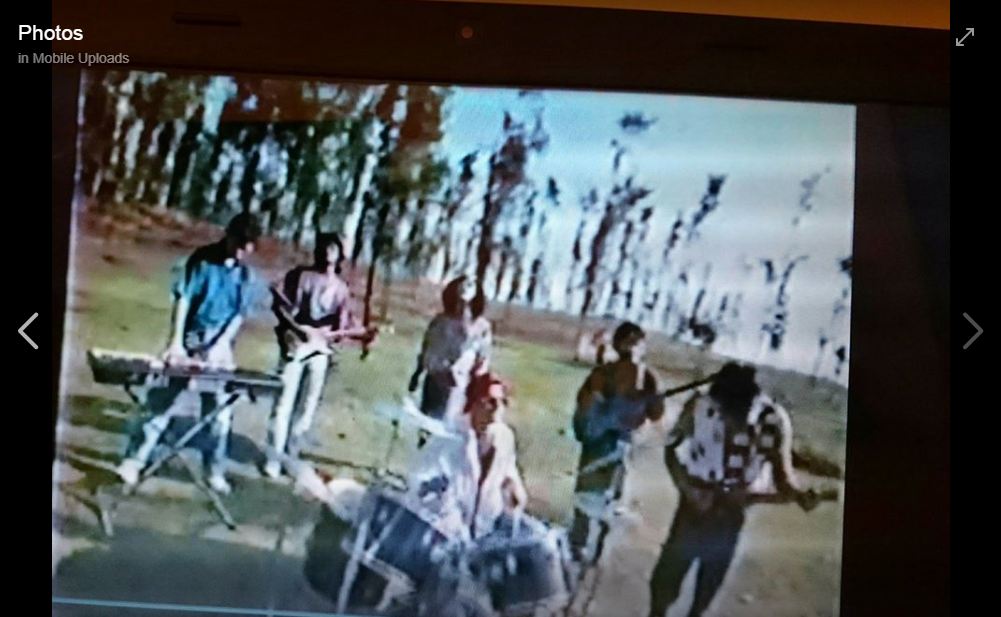
That’s a screenshot of Videogaan, from the Digha shoot of Krosswindz , for the song “Prithibi-taa naaki.”
Before we could go for the shooting of the videos, I had an impression that we might have overshot the schedule intended for the recording. Gautam-da, a stickler for quality, didn’t compromise one bit for the studio recording – and he now wanted to promote the songs before they went on air.
It was then decided to turn eight of those recorded songs into an audio-cassette and release them at the Book Fair of 1995.
We did that pretty much in a group theater mode, dubbing the master-tapes in Chandni Chowk, in copiers that replicated four cassettes in real time; in terms of publicity, we bought yellow parchment paper from Radha Bazaar and got the posters offset xeroxed from a outlet near Metro cinema, and used home-made ‘arrowroot’ paste to stick them at Nandan and Academy walls; we cut the cassette flaps manually, bought the cassette covers at whole sale rates and inserted all the flaps and cassettes into them – one by one.
Subrata, from the band Gorer Maath, was my partner in all those unskilled back-stories listed above. That didn’t, however, dissuade him from singing iconic songs for those albums.
At the book fair, my job was to sell the cassettes and keep accounts, while the others set the evenings on fire just outside the A Mukherjee stall – singing those songs.
And then, the shoot happened; it was an elaborate affair, with Vivek Banerjee as the Cameraman. Every single day went off in a tizzy, at Indrapuri Studios, Jhilmil Park, Princep Ghat, Digha and elsewhere – and I had the good fortune to remain the shadow of Gautam-da during this entire phase, including the live shows later at Kalamadir and Jadavpur University. Since I already did theater lights, he gave me the chance to do the lights for those shows – but I invariably messed it up every time.
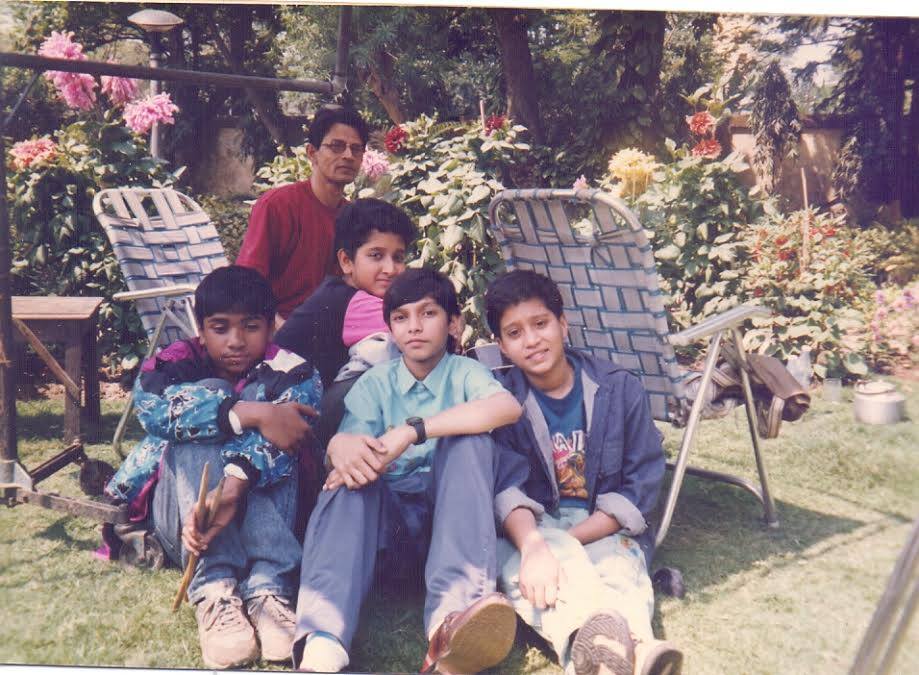
Remember ‘ Podashonaay Jolanjoli’ …of course, if you have reached till here reading this, you do.
A year and a half after I met Gautam-da, I joined a news-agency job, and stopped being a regular at his home. Videogaan was over by then, and he was planning an ethnic documentation trip to Meghalaya.
Afterwards, he was always there, much like a foster-father, whenever I needed him. I shifted to Delhi soon afterwards. The day before I left, in 1997, he gave me some money and a couple of phone numbers of Delhi contacts, chided me once again for not doing the ‘Sound’ course in SRFTI where he had by then joined as a teacher – and told me not to take the only copy of ‘Maaya’ that he had at that time. It was a master copy – and he liked to listen to those new recordings over and over again, in his Sonodyne music system.
I took it anyways. He gave that helpless look to Boudi that he always did when he couldn’t prevent something that he didn’t like, but asked for a glass of tea soon afterwards.
One glass for me as well; that was the last time I met him.
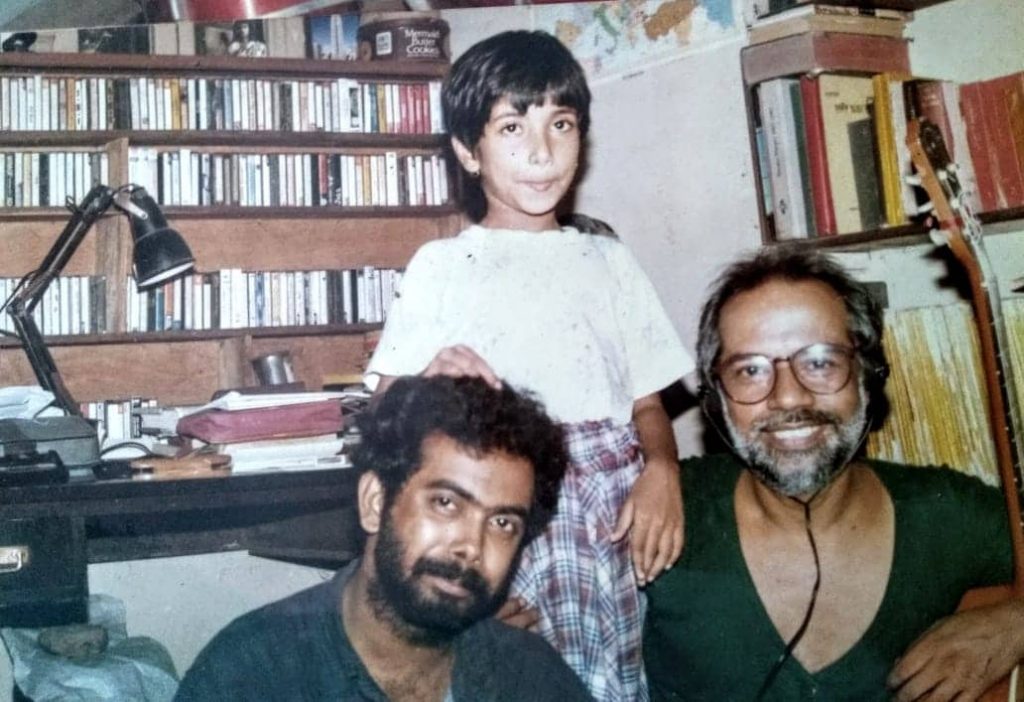
If someone reading this post remembers who took this photo, I would be grateful to know.
Thanks Gaboo, Gaurab Chatterjee for sharing this.
I have often wondered afterwards, what was it like learning under Gautam-da in SRFTI?
I know that I have picked up my life-lessons from him and under him, but how about the others who had the good fortune of being his more ‘academic’ students. Maybe some of us can get together and pay a brief tribute to the person who changed our way of looking at the rhythms of life – forever.
That’s what prompted this blog post.
Also, I have decided against mentioning anything about the later achievements of these students of SRFTI – first and second batch. They are well established now, but this post is not about them; it’s about their memories around Gautam-da.
So let’s keep this simple.
I start with Sagar Ballary, a second batch student of direction, SRFTI, and his recollections of Gautam-da’s first class on music.
I don’t know what songs were sung that night. I wasn’t there.
In 1999, I was struggling to get a foothold in Delhi. I didn’t even know that he has died till a few months later, since those were pre-mobile, pre-facebook days.
But Sagar’s memory of his first class also reminds me of my first day of recording at Presto. Or was it the second day?
If my memory serves me right, during the early phase of the Videogaan Presto session, we were recording ‘Dhandhar thekeo jotil Tumi’ with Subrata doing the vocals, and Neel Mukherjee with his nylon-string guitar adding the interludes.
I somehow managed to goof it all up by switching on a switch that wasn’t supposed to be switched on – and ‘poof’, everything went dark. Overload.
It’s a confession; never told this to anyone, in 25 years.
But what followed was amazing. We had to arrange for an electrician and wait . An exasperated Neel then started playing flamenco on his strings and Gautam-da joined in tabla. I have never heard a jugalbandi like that ever afterwards.
It was magic. They were talking. Rather, debating.
For that matter, every moment spent with Gautam Chatterjee was nothing less than magic. He made sure of that with his signature ease and comforting smile. I think Amal Neerad, a student of Cinematography from the first batch, would agree with me on that.
I so agree with Amal on that ‘ideas’ bit.
I never had the opportunity of assisting him in a film. But in Gautamda’s ‘adda’ room, and later in the editing studio, I was more like a lizard on the wall, waiting in silence to nibble on all the morsels of ‘ideas’ that I never knew existed.
A whole lot of people used to come, and there were intense discussions on cinema and other forms of art – that often went over my head. All my pretensions of being an emerging intellectual cineaste never worked there.
But it was family; the only family I had then.
And yes, if and when I got the opportunity of speaking to people who have actually assisted him in his films, I have always cherished those discussions.
And that’s why I think you will enjoy the next memoir a lot.
Tuhinavo, a first batch student of editing from SRFTI, has known him from much before me and for a much longer period of time. He worked with Gautam-da during the filming of ‘Samay’- a project much close to his heart.
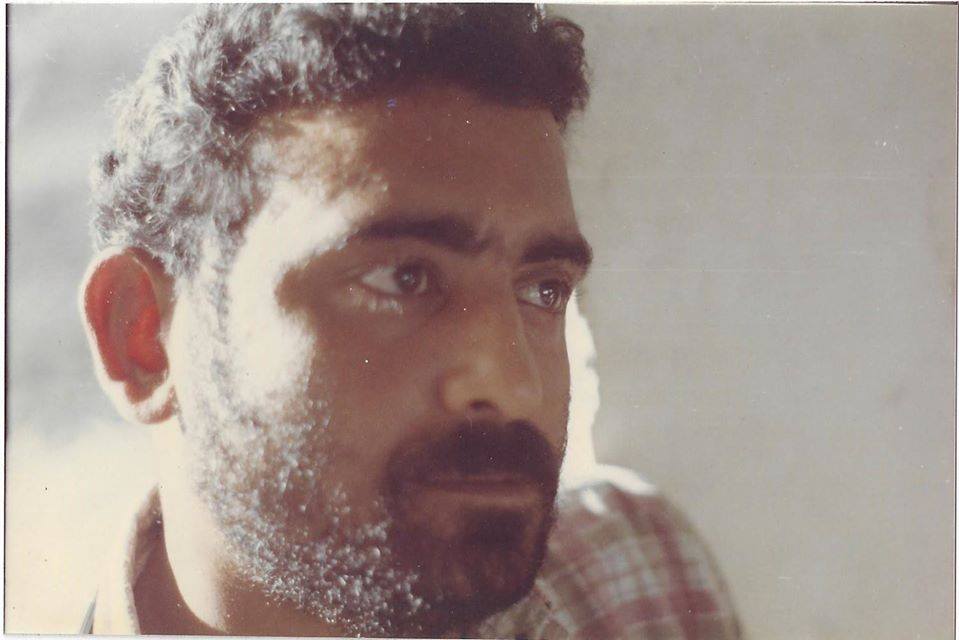
Both Tuhinavo and Pallab were close associates of Gautam-da.
Sound was the department where Gautam-da was a teacher, and where I couldn’t join. Those lucky fellows met him almost every day during their stint with SRFTI – and learnt from him first hand.
Here, I have to mention, that this blog might not have been possible without one of them. Tapas Nayak, first-batch student from the same department, virtually pushed my reticent and reclusive Bong self into getting in touch with all these people, even called them to ensure that they attend my call.
And here I am; I didn’t even manage to speak with Tapas yet – about his own memories of Gautam-da; will do that soon.
For now, I bring you the memoirs of Shubhadeep, his batch-mate.
I have that song with me – now how exciting is that!!
It’s here for you, thanks to Shubhadeep’s archival instincts. It was a student project, and in Hindi – since it was like an anthem for a National level institute, so lend it a listen from that perspective. They did have lots of fun during its production – that’s for sure.
Shubhadeep has already said whatever was to be said about the song – so let’s just enjoy it. Do use a pair of good headphones.
” Chhoro kal ki baatein gaaye doosri kahani… “
Might seem like an odd platform to point this out – I know. But yes, that’s what we all learnt from Gautam-da – to keep moving.
For the records, and this is for you Shubhadeep, my first task in Gautamda’s unit during the Videogaan shoot was also in the playback section – and with Nagra.
Not exactly running the machine, though; I carried the huge batteries that were needed to play that machine during the field shoots, while Kali-da, an aged sound-technician, operated the machine. It wasn’t a small task, mind you! Anyone who has worked in open fields shooting song sequences will agree with me.
I managed to goof up there too.
In fact my mess-ups while with Gautam-da could be the subject of an entire coffee-table book with illustrations; this is not the space for that.
For now, give me a few more days, I have a few more students lined up, all from the Sound Department of SRFTI, spread all across India – with one common factor between them – their love and respect for Gautamda.
Part one of this post took 25 years in the making.
Part two won’t take that much of time. I promise.
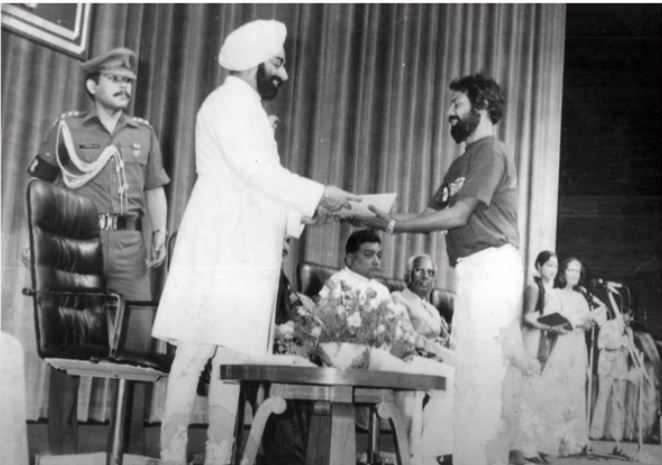
Would love to write about his films some day.

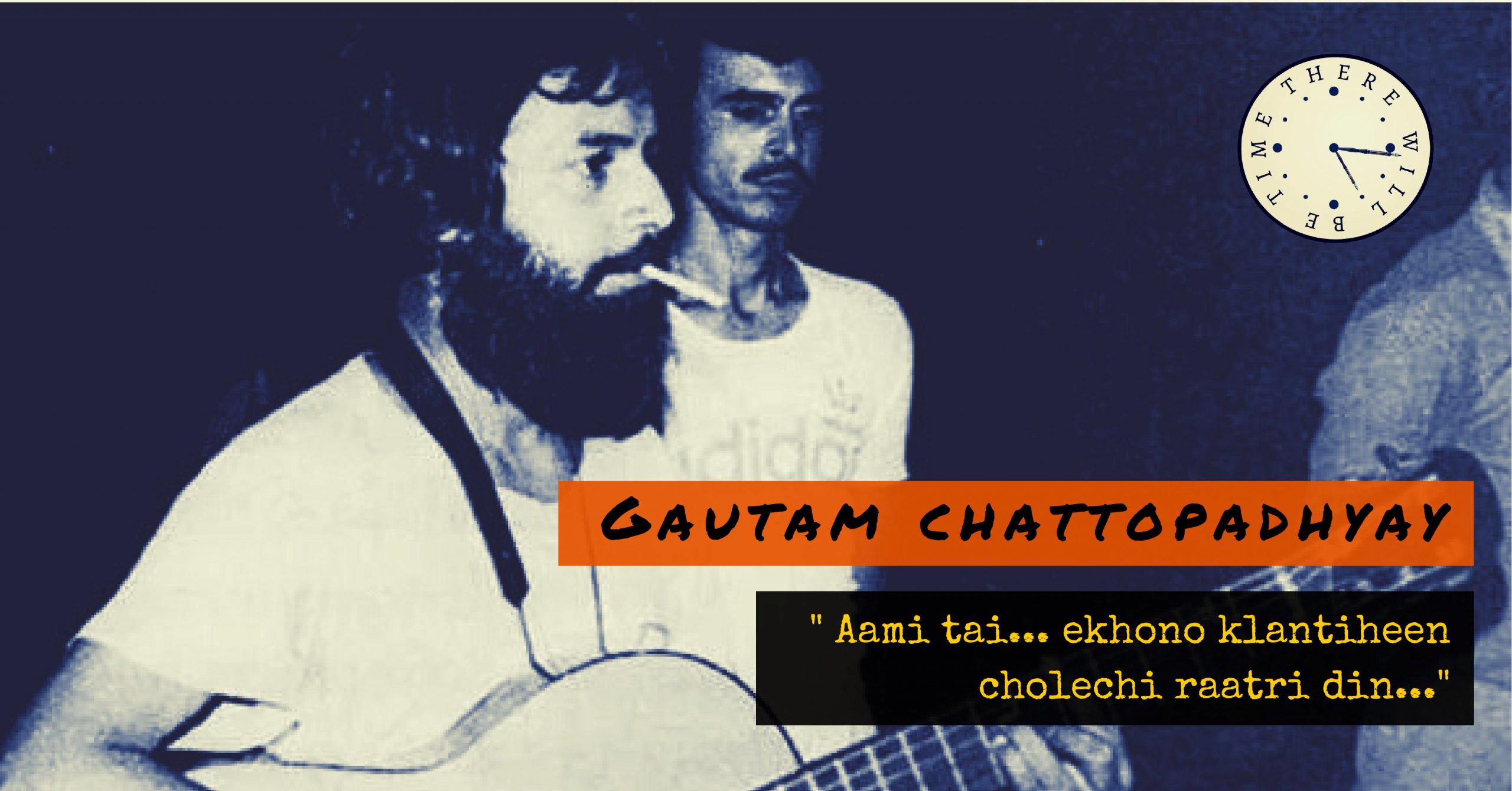
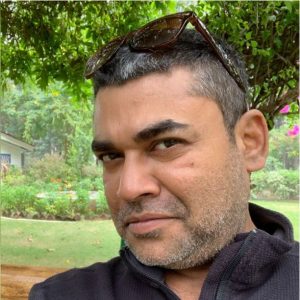
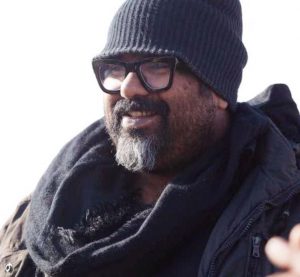
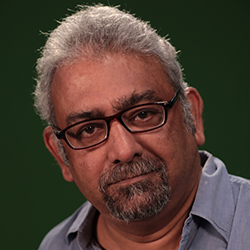
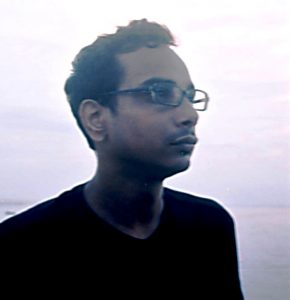
Rana beautifully written it brought tears to my eyes and a smile on my lips….simply loved it!
Boudi…that makes my day. Nothing else really matters. Thanks a lot.
Beautifully written and presented. Loved it. And thanks for introducing another part of him to us.
Thanks for reading Udayan. Please share with like minded people.
I had never dreamed of reading an epic in my life but I just did.
This work of art reflects how loved Gautam was by anyone who was associated with him.
Very well written and arranged, Anirban.
I don’t think I have met you but we have both met Gautam and that makes us family.
So, let’s celebrate GAUTAM.
Many many thanks. Yes, and I hope many more will write about him. High time.
Loved reading this amazing write-up. Thank you for sharing such beautiful memories. Truly brilliant!!
Thanks for reading.
Excellently well-written…
I love it when you say that Gautam …
That’s one brilliant piece of writing! Brought back hordes of memories associated with Gautamda. Loved reading every bit of it.
Thanks for reading Shivani.
“FROM BEYOND THE LIGHT YEARS’ The title and the write-up indeed took me back to the time which now seems like beyond the horizon of many light years. To be honest I must say I know not much about cinema and music but I remember Gautam Da (my brother in-law) as a good human being with an electrifying smile..
Thank you so much for taking me to the voyage to the past and for bringing it to the present.
Thanks a lot for reading this. That title is a throwback to his song, Prithibi-ta naaki, where he refers to the creation of distances that sets us light years apart. On the contrary, he was a person that was always up and close to everyone that crossed his path, bridging that distance. Once again, I hope more people will write about him.
Enjoyed every word, every moment of this piece. Really, knowing Goutam-da has been the event of life.
Thanks a lot Amit. That’s so true.
Heart warming and nostalgic.Thanks Anirban for sharing. Can you share any memories of Bappaditya?
Bappa was a lovely person, but I have never really worked with him. My most vivid memories with him is all about working on that Shirshendu short story on which he finally based his first film. He did the film a couple of years after I left for Delhi – but I lost touch with him completely. I did call him once after 15 years or so, but couldn’t meet him. By then he has made lots of films, none of which I had seen… we had moved apart in different directions. But whatever time I spent with him I will always remember him as a gentle, mild mannered young man, with lots of dreamy ideas.
Wonderful. We miss Monida.
Thank you so much for a wonderful writing. G
Wonderful. Such a nice write -up on Monida.
We miss Goutam ( Monida)
Thanks again
Thanks for reading Gauri Chatterjee.
Very well written Anirban. Recalled all those fascinating moments with Gautam, being one of his core members of the film and television unit. Will patiently wait for more such wonderful write ups to come
Now that’s a dream come true comment for me Vivek-da. Really looking forward to come to Kolkata since I want to write about his films for sure, and the first person I will approach is you. Let me see when that happens. Thanks a lot for reaching out.
What a wondderful tribute to an artiste and a teacher!
And you write extremely well Rana, and while being self deprecating imay be your style, it just addds to the eloquence of the narrative.. excellent read
I do have a modest impressions of myself Nilendu-da, but thankfully, I have mentors and well-wishers like you to remind me that I am not entirely useless. This platform helps me to be what I am and to choose the topics that I want to write about, without extrapolations. Everyone should have a space like that – a room with a view.
Lovely read! Your style and diction brought Gautam da and his stature to full life! Knew nothing about this great artist but this article rather an epitaph helped a lot!